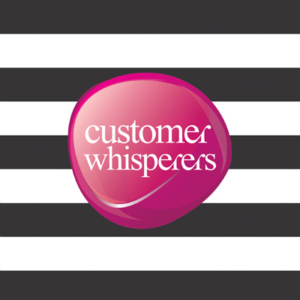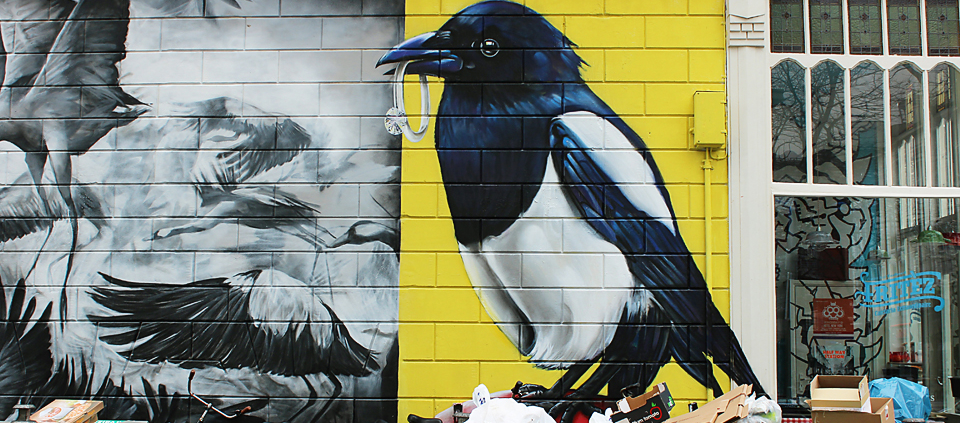Customer
We have for years been throwing around the hot potato of customer loyalty – every client wants it, every client talks about incentivising it, so how are we in a place where customers are grossly penalised for their loyalty?
13 million households are paying a hefty loyalty penalty across products and services, some essential.
For loyalty to a broadband provider, customers on average incur a loyalty penalty of £113 pa after their initial contract period – that’s almost a 50% increase on the initial price.
For home insurance, a customer buying the average cheapest combined policy and then staying loyal would pay an extra £13 after 1 year and £110 after 5 years.
Companies certainly exploit their customers’ tendency to stay rather than go, but is staying a conscious customer decision? Is it even loyalty at all. “I didn’t want to stay, I just didn’t get around to leaving”.
These days customers are more likely to notice a price increases but still only a quarter of them do! The other three quarters don’t even notice the increase. Of those customers that do notice the increase, only a third renewed without checking for better deals first.
That implies a conscious decision on the part of customers ‘not to bother shopping around’. But is it? In reality many of these contracts auto-renew a short while after the new price is communicated. But how many of those customers just run out of time or simply forget – life’s hectic, right?
How Does The Customer Feel?
How does a customer feel when they realise they’ve slipped into another 12-month contract at an inflated price because they missed the window of opportunity to switch? Managing household contracts and making wise and well thought out purchasing decisions feels like full time job in my house! Are companies taking advantage of us time poor customers?
They sure are. And they are also taking unfair advantage of vulnerable customers who are at a greater risk of experiencing the loyalty penalty.
Older and lower income groups are more likely to ‘stick’. Customers aged 65 and over are more than twice as likely than younger customers to have been in the same contract for over 10 years.
Customers who don’t switch away can no longer be considered loyal. Too many are simply still your customers because they have failed to get away.
One day they might – what are the chances they would ever come back? Maybe the real test of loyalty is not whether a customer stays but whether, having left, they harbour a desire to come back.
And if you want to see an example of a delightful approach to customer experience at that awkward moment when a customer leaves you – cancel your Spotify subscription. They will present you with a goodbye playlist of songs that will warm your heart and make you smile, feel valued and looking forward to returning. I have both cancelled and returned.
Heart-warming Customer Experiences by Customer Whisperers
Follow us on



